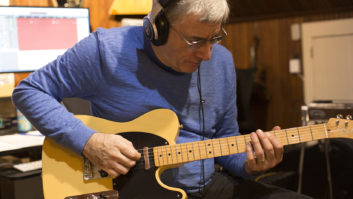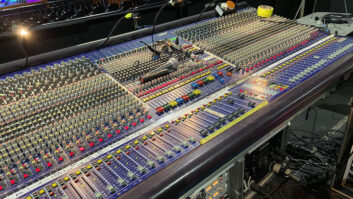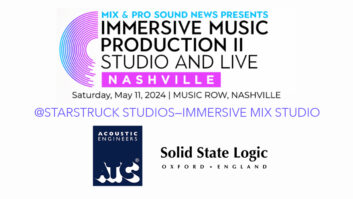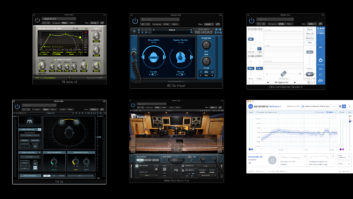We live in an age of unlimited track counts. We’re no longer restricted to 8, 16, 24 or 48, as in the past. Nowadays, a session with 100 tracks isn’t even considered insanely large. Besides the organizational challenge of dealing with so many tracks at once, sometimes I wonder whether having virtually unlimited audio real estate is such a good thing musically.
Back when you needed to make everything fit in a finite number of tracks, you had to really think through your arrangements. You had to weigh the benefits of using that last track for an extra mic on the drums or another harmony vocal; or whether to record a tambourine or a shaker. With no such restrictions, you can put down whatever you want, both real and virtual, and assume you’ll sort it out in the mix.
Read more Mix Blog Studio: A New Way to Buy Music Software.
Don’t get me wrong, I have no wish to return to the days of track restrictions. But I do wonder whether all of the freedom we have in the DAW era has taken the forethought out of arranging. Instead of planning out what instruments and vocals will work together to create a particular sound and vibe, there’s a tendency to throw stuff against the wall and see what sticks.
I was recently working with a band on a mix of a song that featured vocals, guitars, bass, keyboards, drums and percussion. After the intro, all the instruments were in for the duration, except for one breakdown verse. Feeling like it needed more drama and dynamics, we got serious about muting parts and ended up taking almost everything out at the beginning except acoustic guitar and vocals, and we unmuted the other instruments as the song progressed.
The end result was considerably more compelling, but I couldn’t help thinking we had taken an ass-backward route to our final destination. Our solution seemed so obvious in hindsight, yet we didn’t realize it until after we’d tracked wall-to-wall instrument parts. It was a good illustration of the point that when it comes to arranging, less is often more.
When working out arrangements, perhaps it would be a useful exercise to first think about how you’d do it if there were only 24 tracks. What would you keep? What would you cut? It might be an excellent way to boil an arrangement down to its core and really focus on what’s driving the song. It would also help you think more about dynamics of the instruments that you’re recording.
When you have a high-track-count mix that’s in need of reinvigoration, it’s often beneficial to spend some quality time with the mute button and strip the mix down to its bones before deciding how to build it back up.







